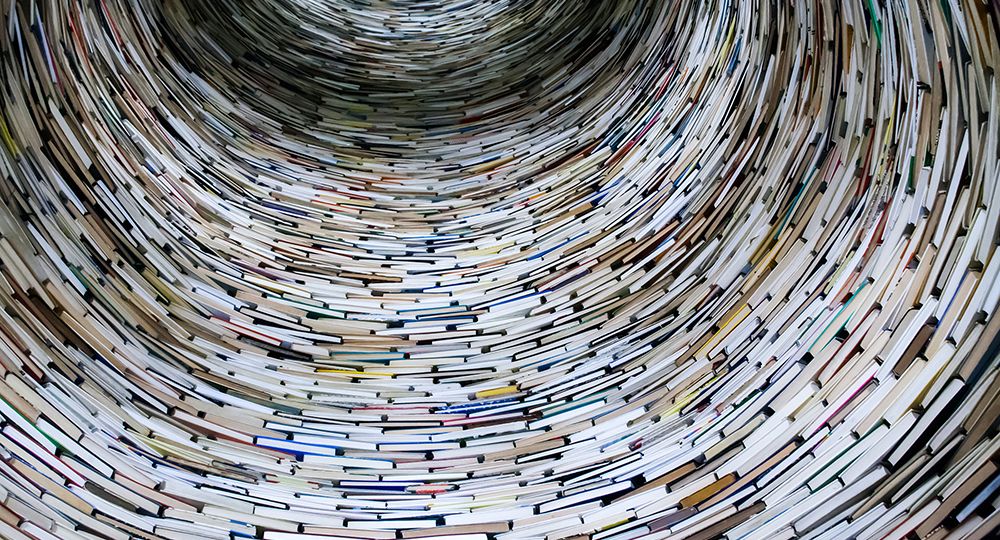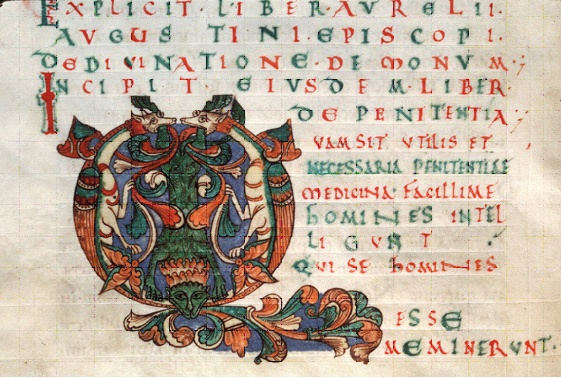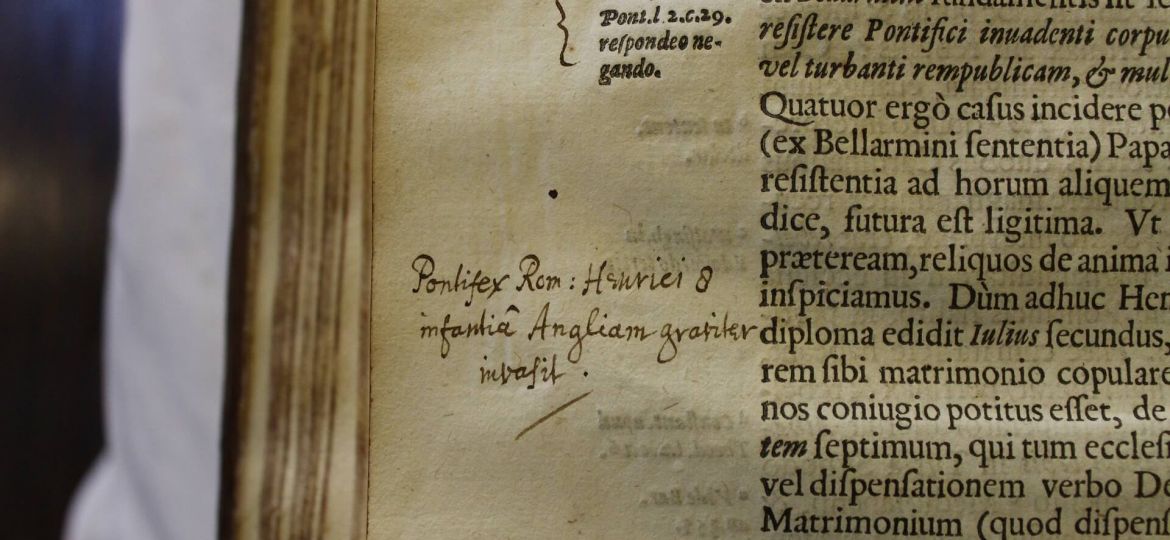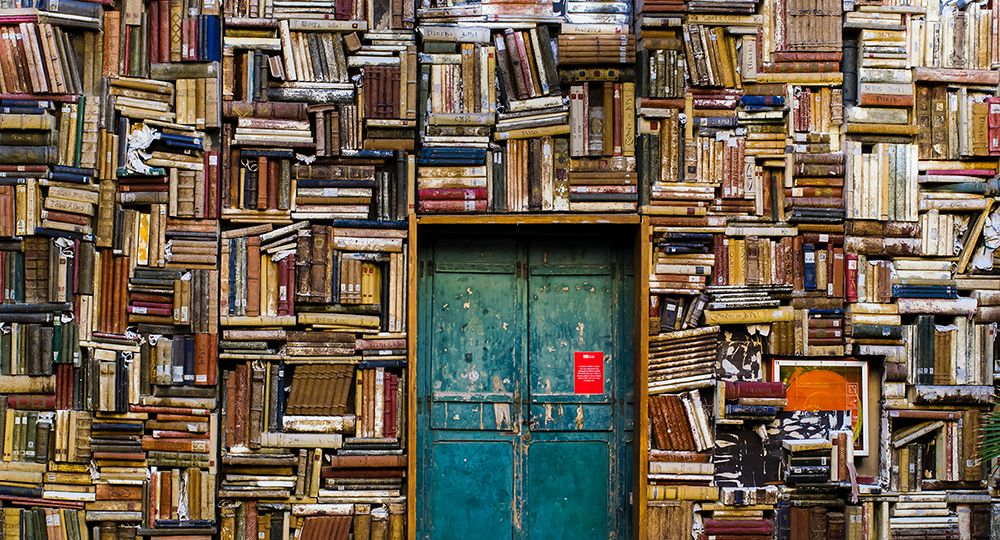The World Library and Information Congress, 84th IFLA General Conference and Assembly, will be held in Kuala Lumpur, Malaysia from 24th-30th August 2018.
Cultural Heritage Digitization
A digital repository is a platform used to manage and store digital content (images, videos, or audio files). Putting content into an institutional repository enables staff and institutions to manage and preserve it, and therefore derive maximum value from it.
Today, an increasing number of institutions are leveraging volunteers and adopting the crowdsourcing approach to complement their internal digitization operation for data entry.
One of the less known criteria used in image quality standards is called “gain modulation”.
i2S is once again excited to exhibit at the annual American Library Association conference to be held at the Ernest N. Morial Convention Center in New Orleans LA, June 21-26, 2018.
Image processing is a method to perform some operations on an image, to get an enhanced image or to extract some useful information from it. Digital image processing techniques help in manipulation of the digital images through the use of computers.
Libraries, archives centers, museums, service bureau are faced with the challenges of protecting private and public cultural heritage. Their goal is to distribute the historic works into a digital format for either archiving or sharing contents through a digital library.
One of the more obvious criterion when checking image quality is resolution. Scanning resolution is usually given in dpi or ppi (dots or pixels per inch) but this is not enough to check the sharpness of the image.
During their digitization process, many libraries, archives and other cultural institutions often have to deal with the digitization of rare and delicate bound materials which cannot be opened flat at 180° angle without risking irreparable damage to the spine, and hence require the use of a special V Shaped cradle. Today, there is a wide variety of solutions on the market to manage the digitization of those precious and fragile bound materials and there are several criteria to consider when choosing the best equipment for a project based on its specific needs.
One of the many challenges facings libraries and archives today is how to move from paper to digital.










